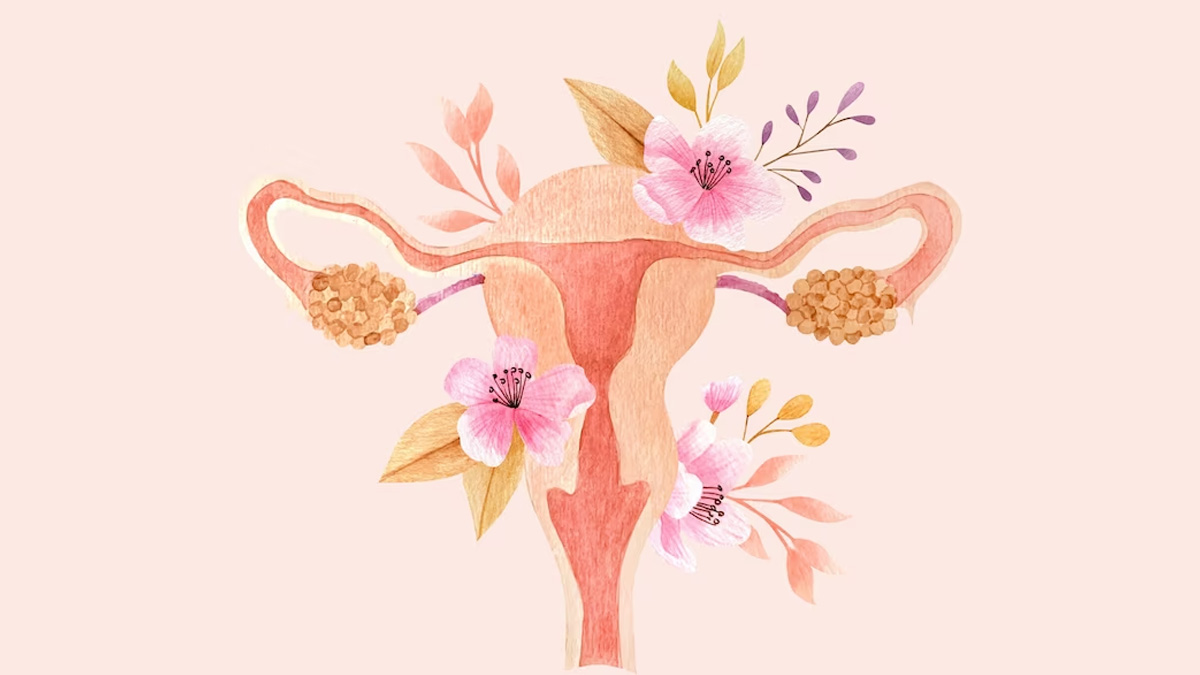
Cervical cancer is a kind of malignancy that begins in the cervix. The cervix is the bottom, narrow end of the uterus. The cervix joins the uterus and the vagina (birth canal). Cervical cancer develops from the human papillomavirus. Early detection significantly enhances treatment success, which makes recognising the first signs important.
Table of Content:-
According to the World Health Organisation, cervical cancer is the fourth most common malignancy among women. In 2018, an estimated 570 000 women across the globe were diagnosed with cervical cancer, with approximately 311 000 dying from the disease.

“The occurrence of cervical cancer in India is high due to an increased rate of HPV infection, a lack of awareness about cervical cancer screening programmes, and a lack of knowledge about getting the HPV vaccine at a young age,” said Dr Harshit Shah, Associate Consultant-Surgical Oncology, Fortis Hospital, Kalyan. Here are the first five initial signs of cervical cancer that women should be aware of:
1. Abnormal Vaginal Bleeding
One of the most common early signs of cervical cancer is irregular vaginal bleeding. This might occur between menstrual periods, after sexual intercourse, or after menopause. Any unusual bleeding should prompt a consultation with a doctor.
Also read: Cervical Cancer In Young Women: Risks, Challenges, and Prevention
2. Unusual Vaginal Discharge
While vaginal discharge is normal, changes in the volume, color, or smell could be a warning sign. Discharge that appears clear, watery, brown, or tinged with blood can be an early symptom of cervical cancer. This discharge may also have a foul smell.
3. Pelvic Pain
Pelvic pain not associated with your menstrual cycle and which lasts for longer periods can be a red flag for cervical cancer. This pain may range from a dull ache to sharp pains that may be severe enough to interfere with daily activities.

4. Pain During Intercourse
Painful intercourse, medically known as dyspareunia, is another potential early sign of cervical cancer. This symptom can result from changes in the cervix due to tumor growth affecting the surrounding tissues and nerves.
5. Urinary Symptoms
As cervical cancer progresses, it can affect nearby tissues, including the bladder, leading to urinary symptoms. These can include discomfort during urination, blood in the urine, or a frequent need to urinate. These symptoms can be due to other conditions as well, so it’s important to receive a thorough evaluation to determine the cause.
Also read: Cervical Cancer Awareness: Tips To Maintain Genital Hygiene To Prevent Or Manage HPV
Importance of Screening
These symptoms are crucial, but equally important is regular screening. Cervical cancer screening, which includes the Pap smear and the HPV test, can detect abnormal cells in the cervix before they turn into cancer. Most guidelines recommend that women start screening at the age of 21 and continue regularly as advised by their healthcare provider.
If you experience any of these symptoms, it’s important to consult with a doctor. Early detection and diagnosis can lead to more effective treatment and a better chance of recovery. Regular cervical screening remains a critical element in preventing cervical cancer by catching abnormal cells early before they develop into full-blown cancer.
Also watch this video
How we keep this article up to date:
We work with experts and keep a close eye on the latest in health and wellness. Whenever there is a new research or helpful information, we update our articles with accurate and useful advice.
Current Version